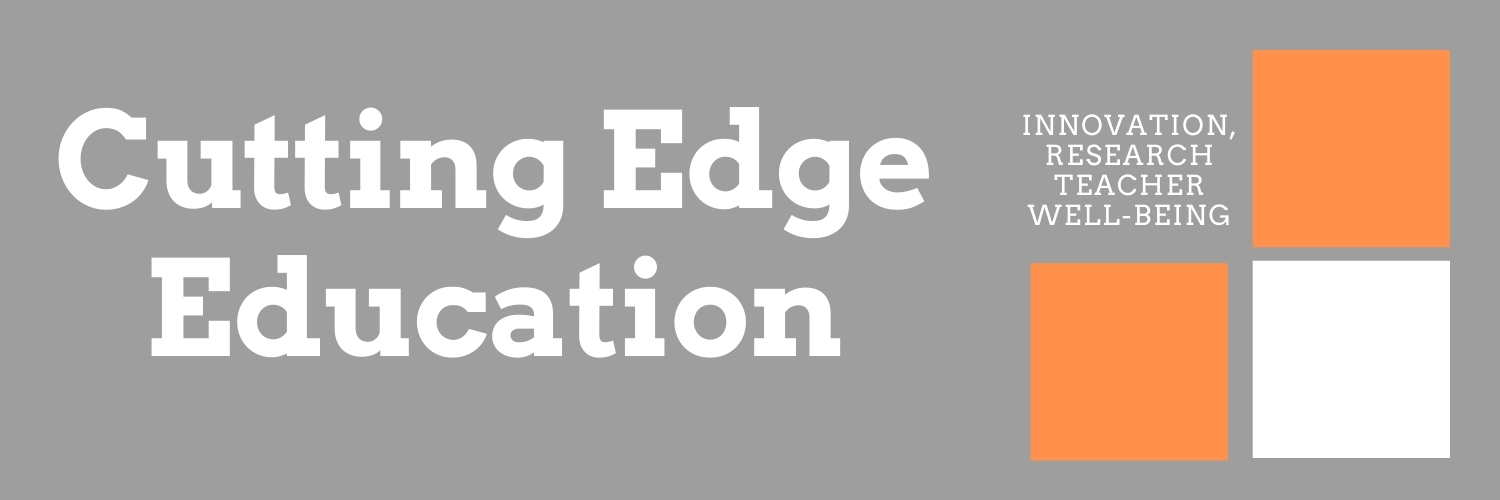1. What is well-being? 2. What factors can affect teachers' occupational well-being? 3. Problem-Focused Coping Approach 4. Applying Problem-Focused Coping Approach What can you do to improve your well-being? Exercise, yoga, good planning, striking a balance between family and work, meditation, mindfulness – these are just some of the things you can find online if you're looking for new ways to improve your quality of life. Obviously, there are different views on this, and I don't want to downplay the importance of different approaches to improving teacher wellbeing. It's a bit like that Coldplay lyric, "Nobody said it was easy," and anyone who's been there will know that teaching isn't easy at all. That's why I've put together this article with some useful info on how to deal with stress and burnout. It'll help you stay on top of your game. Picture 1: Credit Stuart Kime But, before you get into the nitty-gritty, let's quickly run throug
1. What is Feedback? 2. Why is it important? 3. How to give effective Feedback? 3.1 Giving Feedback to a large cohort 3.2 Audio Feedback We all receive feedback on a daily basis, from simple observations about our appearance to more complex matters such as formative assessment and different approaches to learning, including Competency-Based and Inquiry-Based Learning. In this article you will look at what feedback is, how it is given and how to give effective feedback. This article is about VLE, but the recommendations below can be used in face-to-face lessons. Credit picture Julian Mesa 1. What is feedback? According to Wang, Tlili, Lehman, Lu & Huang (2021) feedback is the exchange of information regarding to "improve learning performance, in order to readjust student's cognition, motivation & behaviour"(p. 3; Máñez, 2020). Similarly, Wiggins (as cited in Peroukidou & Kofou, 2019) defines feedback as "actionable information (...) empower(ing) the s
